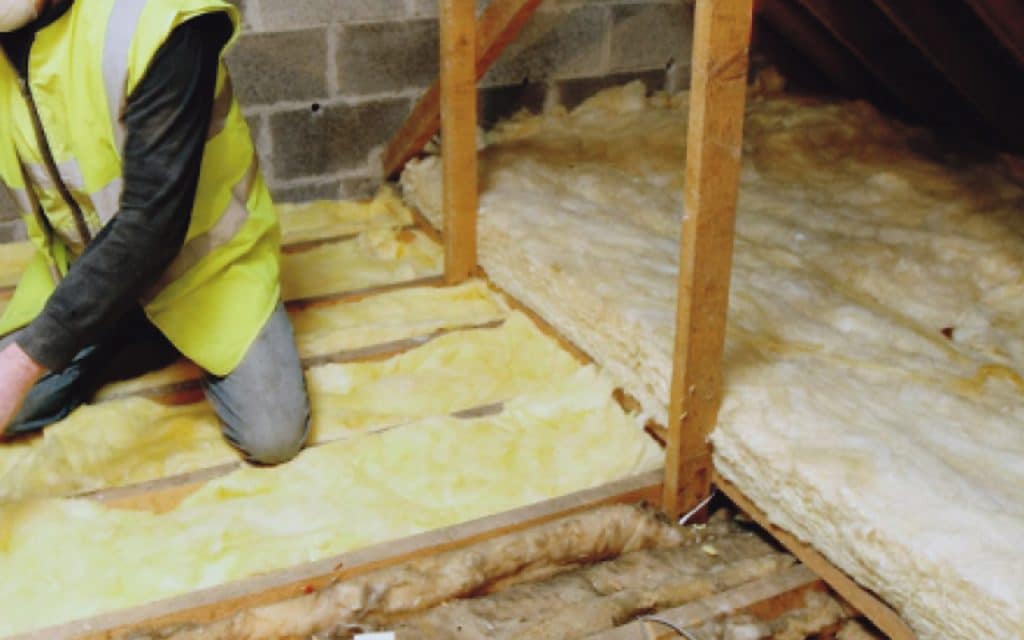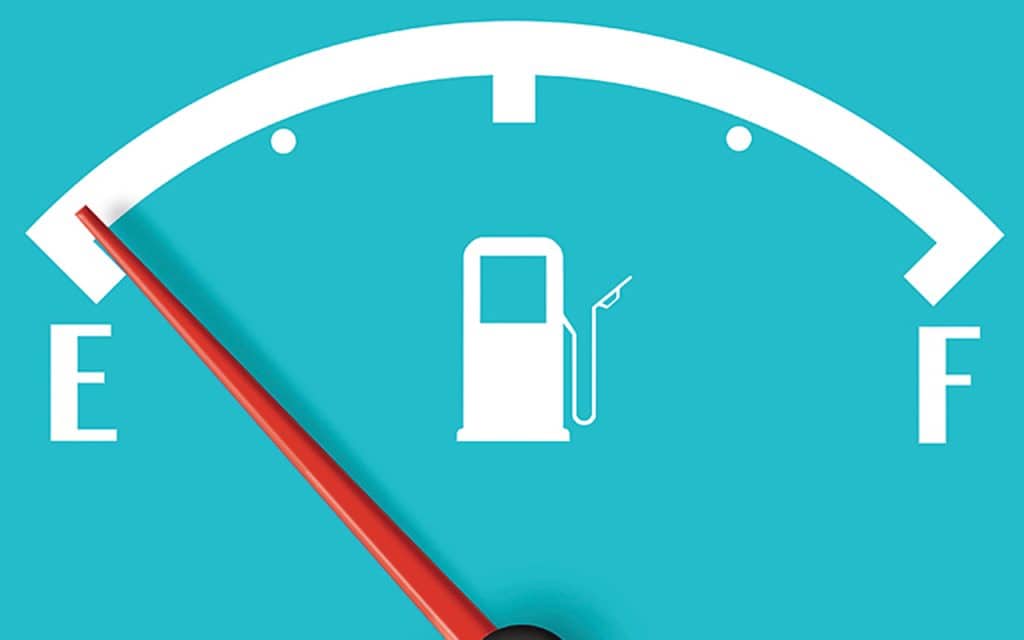
Free home energy upgrades. That sounds attractive! As part of the government’s effort to tackle energy poverty, the Better Energy Warmer Homes Scheme offers free energy upgrades to improve the energy efficiency of homes occupied by vulnerable individuals and families. The scheme is administered by the Sustainable Energy Authority of Ireland (SEAI), which plays a crucial role in promoting sustainable energy practices and reducing Ireland’s carbon emissions.
The primary purpose of the Better Energy Warmer Homes Scheme is to provide free energy efficiency upgrades to homeowners who are struggling with energy poverty. This directly addresses the challenges faced by low-income households in affording necessary home improvements to keep their homes warm and reduce high heating costs. By upgrading these homes, the scheme aims to:
• Improve thermal comfort: Making homes warmer and more comfortable for occupants, especially during colder months.
• Reduce energy bills: Lowering the amount of energy required to heat homes, leading to significant savings for households.
• Enhance health and well-being: A warmer home environment can have a positive impact on the health and quality of life of residents, reducing instances of cold-related illnesses.
• Contribute to climate action targets: Decreasing the energy demand from residential buildings helps Ireland meet its national and European climate change commitments.
• Support local employment: The scheme relies on a network of contractors and suppliers across Ireland, thereby supporting local jobs and economic activity.
Eligibility criteria
To ensure the scheme targets those most in need, strict eligibility criteria are in place. To qualify for free energy upgrades, applicants must meet the following conditions:
• The applicant must be the owner of the property.
• The property must be the applicant’s primary residence.
• The dwelling must have been built before 2006. This ensures that older, less energy-efficient homes are prioritised.
• The applicant, or another member of the household, must be receiving one of the qualifying social welfare payments. These typically include: Fuel Allowance; Jobseeker’s Allowance for more than six months and have a child under seven years of age; Working Family Payment; One-Parent Family Payment; Domiciliary Care Allowance; Disability Allowance for more than six months and have a child under seven years of age.
Once a household is deemed eligible, SEAI arranges for a survey to be carried out and a range of energy efficiency upgrades to be completed on their home, free of charge. The type of upgrades provided depends on what is suitable for the property and is ultimately decided by SEAI. Items that can be funded under the scheme include:
• Attic Insulation: Preventing heat loss through the roof, a major source of energy inefficiency in many older homes.
• Cavity Wall Insulation: Filling the gaps in external walls to reduce heat escaping through the walls.
• External Wall Insulation (the wrap): For homes with older walls that cannot be insulated with cavity fill, external insulation provides a significant thermal improvement.
• Draft Proofing: Sealing gaps around windows, doors, and other openings to prevent drafts and uncontrolled air leakage.
• Lagging Jackets: Insulating hot water cylinders to keep water warmer for longer and reduce energy consumption.
• Heating System Upgrades: In some cases, and where appropriate, upgrades to heating systems may also be provided. Oil and gas boilers are no longer covered by the scheme, but renewable technologies like heat pumps are now possible.
• Energy Efficient Lighting: Replacing inefficient lighting with LED bulbs.
• Ventilation: Ensuring proper ventilation to maintain indoor air quality while minimising heat loss.
• Windows and Doors: These may also be considered for upgrades in certain cases.
All works are managed by SEAI through its network of approved and supervised contractors, ensuring high standards of quality and safety. Homeowners do not need to directly manage the works or pay any costs.
I haven’t worked on the scheme directly myself, but I’m aware one of the key issues is the wait time, currently about two years from application to completion of the work. If you wish to apply for this scheme, you need to do so directly to SEAI via an online form. Once your application is approved, a pre-work BER will be completed (if you don’t already have one), followed by a survey from an approved contractor. After the work is carried out, a post-work BER will be completed at the end of the project.
For further details on the scheme and for a link to apply, you can visit www.seai.ie.



